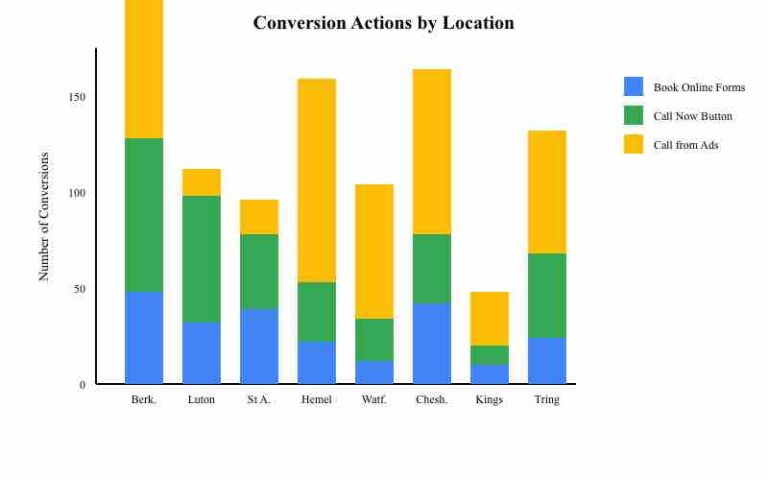Boost Your YouTube SEO with the Help of Keyword Research Tools: A Step-by-Step Guide
When someone creates a YouTube video, one main goal is to get it discovered by as many people as possible. However, with millions of videos uploaded every day, the competition can be tough. That’s where proper SEO comes into play. By incorporating relevant keywords into video titles, descriptions, and tags, creators can increase their video’s visibility in search results. In this step-by-step guide, they will learn how to boost their YouTube SEO using keyword research tools and improve their chances of reaching their target audience.
Boost Your YouTube SEO with the Help of Keyword Research Tools: A Step-by-Step Guide
Introduction
YouTube offers a vast platform for businesses, marketers, and creators to reach a global audience. However, with more than 500 hours of videos uploaded every minute, it can be challenging to stand out from the crowd. One way to increase visibility for your videos is by using keyword research tools to optimize your content for search engines. In this article, we review Surfside PPC’s video on nine keyword research tools for YouTube SEO. We discuss how these tools can help you find the right keywords, analyze your competitors, and create content that resonates with your audience.
Using Long-Tail Keywords
Long-tail keywords are phrases that consist of three or more words and are specific to what your audience is searching for. Using long-tail keywords can help you rank higher for short-tail keywords. It’s because you’re targeting a more specific audience that is likely to engage with your content. For example, if you’re creating videos on woodworking, targeting “woodworking tools” is a highly competitive keyword. However, targeting “best woodworking tools for beginners” is more specific and less competitive.
Optimizing Your Video Titles, Descriptions, and Tags
Optimizing your video titles, descriptions, and tags with the right keywords can increase visibility for your content. YouTube’s Autocomplete feature offers suggestions for popular search terms based on what’s typed in the search bar. You can use these suggestions to find relevant keywords for your video. Additionally, tools like TubeBuddy and VidIQ offer advanced features like keyword tracking and competitor analysis. These tools help you optimize your video content for better performance.
Insights from Keyword Research Tools
There are several keyword research tools that offer insights into search volume and competition. Keywords Everywhere, Google Keyword Planner, and KeywordTool.io are some examples of such tools. These tools provide information on keyword search volume, cost per click, and competition. Google Trends is another tool that lets you see how search interest for a keyword has changed over time. You can use this tool to identify seasonal trends or popular topics, and create videos that address common concerns or interests.
Understanding Your Audience’s Questions
Answer The Public and AlsoAsked.com show what questions people are asking about a particular topic. These tools can be used to create videos that answer your audience’s questions. Creating videos that address common concerns or interests can increase engagement and subscriber growth on your channel. It’s because when you provide value and answer your audience’s questions, they’re more likely to engage with your content and subscribe to your channel.
Focusing on Videos That People Actively Search
Focusing on videos that people actively search for can increase your video views and channel subscribers. Using keyword research tools to find the right keywords can help you target videos that people are interested in. It’s essential, as it helps you identify untapped opportunities and avoid targeting highly competitive keywords. Moreover, understanding how to use these tools can help you create content that resonates with your audience.
The Video Provides a Comprehensive Guide
Surfside PPC’s video offers a comprehensive guide to using keyword research tools for YouTube SEO. The video discusses nine keyword research tools that can help you optimize your video content and drive more views. The video’s content is organized, easy to follow, and provides valuable insights on each tool’s features and benefits. By following the video’s guidelines, you can improve your YouTube SEO and get more views on your videos.
Conclusion
Keyword research tools are essential for improving your YouTube SEO and driving more views to your videos. By using these tools, you can find the right keywords, analyze your competitors, and create content that resonates with your audience. It’s essential to focus on videos that people actively search for and avoid targeting highly competitive keywords. Surfside PPC’s video provides an excellent resource for those looking to improve their YouTube SEO and get more views on their videos.
FAQs:
-
What are long-tail keywords?
Long-tail keywords are phrases that consist of three or more words and are specific to what your audience is searching for. -
How can I optimize my video titles, descriptions, and tags?
You can optimize your video titles, descriptions, and tags by using relevant keywords that your audience is searching for. -
Are there any free keyword research tools?
Yes, there are several free keyword research tools like Keywords Everywhere, Google Keyword Planner, and KeywordTool.io. -
Can keyword research tools help me identify seasonal trends?
Yes, keyword research tools like Google Trends can help you identify seasonal trends and create videos on relevant topics. -
How can I use keyword research tools to create engaging content?
You can use keyword research tools to identify your audience’s questions and create videos that answer those questions. Providing value to your audience can increase engagement and subscriber growth.







